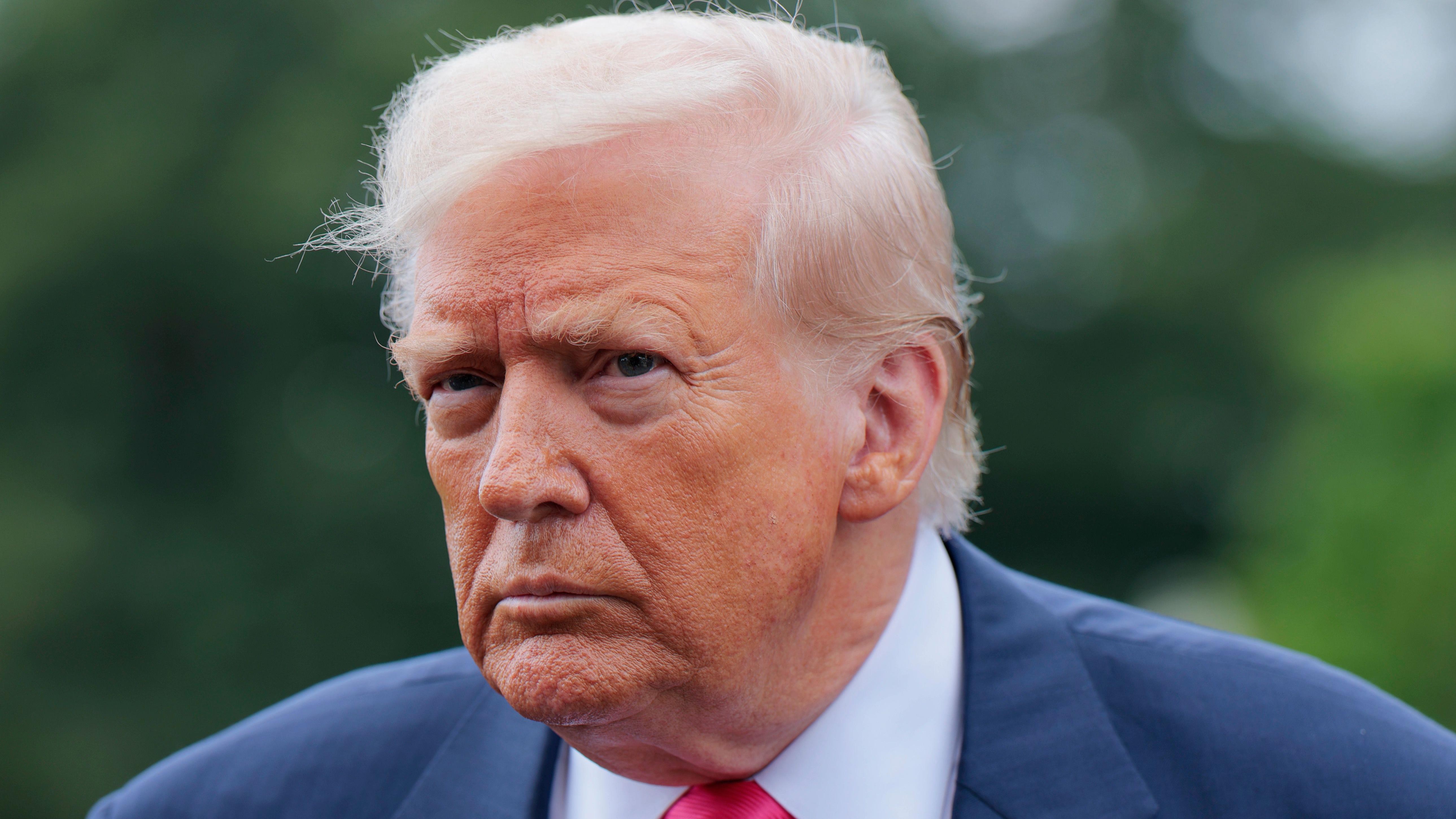Under his leadership, Donald Trump’s strategy towards global commerce represented a significant shift from the cooperative principles that had been a cornerstone of U.S. policy for many years. Abandoning established trade practices, Trump adopted an aggressive tactic focused on imposing harsh tariffs, especially aimed at significant markets like China and traditional partners in Europe and North America. Although contentious, these measures initiated a worldwide debate on trade equity and the success of protectionist strategies—and, potentially, led to noticeable results.
At the heart of Trump’s trade philosophy was a belief that the United States had been taken advantage of in previous trade agreements, resulting in persistent deficits, weakened industries, and job losses in key sectors like steel, aluminum, and manufacturing. To counter this, his administration imposed a wave of tariffs on imported goods, especially from countries with whom the U.S. had significant trade imbalances.
One of the most significant moves was the tariff escalation with China. In 2018 and 2019, the Trump administration placed tariffs on hundreds of billions of dollars’ worth of Chinese goods, citing intellectual property theft, forced technology transfers, and unfair trade practices. In response, China retaliated with its own tariffs on U.S. goods, sparking a trade war that rippled through global markets.
Despite concerns about economic consequences, Trump insisted that the approach was effective. The administration aimed to pressure China economically, leading it to negotiations, which eventually occurred. This resulted in the “Phase One” trade agreement, finalized in January 2020. China committed to escalating its purchase of American farm produce, enhancing the protection of intellectual property, and allowing foreign competition in segments of its financial markets. Although detractors claimed the agreement did not drive systemic reform, proponents believed it demonstrated that tariff pressure could secure concessions from a major global economy.
Beyond China, the administration also leveraged tariffs in negotiations with other major trade partners. For example, under the threat of tariffs on automobiles, the U.S. pushed the European Union toward dialogue on revising trade terms. Similarly, in North America, Trump used tariff threats on Canadian and Mexican goods to renegotiate the North American Free Trade Agreement (NAFTA), resulting in the United States-Mexico-Canada Agreement (USMCA). The updated pact included stronger labor provisions, environmental standards, and digital trade regulations—reforms the administration touted as victories for American workers and businesses.
Trump’s use of tariffs as a negotiating tool was not universally praised. Economists warned that such actions risked disrupting global supply chains, increasing costs for American consumers and businesses, and undermining international cooperation. Some sectors hit by retaliatory tariffs, particularly agriculture, experienced significant financial strain, prompting the administration to issue billions of dollars in aid to affected farmers.
Yet even amid criticism, there were signs that the strategy had measurable effects. Certain industries saw a temporary boost, and the mere threat of tariffs often drove trading partners to engage in talks more seriously. This approach challenged long-held assumptions in global economics about the limits of unilateral action. For decades, economists and policymakers largely favored free trade and multilateral dispute resolution through institutions like the World Trade Organization (WTO). Trump’s administration rejected this orthodoxy, choosing instead to act unilaterally, with an emphasis on assertiveness over diplomacy.
The results were mixed but significant. While the trade deficit did not disappear, it narrowed in some sectors. The conversation around reshoring manufacturing and reducing dependence on foreign supply chains, especially from geopolitical rivals, gained momentum—not only in the U.S. but globally. Countries began reevaluating their economic vulnerabilities and considering how to insulate themselves from similar trade shocks in the future.
Advocates of Trump’s strategy highlight these changes as proof that strategically applied tariffs can recalibrate economic partnerships. They assert that prior administrations were overly cautious, depending on lengthy talks and international organizations that did not achieve prompt outcomes. In their view, a more assertive approach was necessary for some time.
Critics, however, highlight the economic volatility that accompanied the trade disputes. They note that while some sectors benefited, others—particularly those reliant on complex international supply chains—faced higher input costs and uncertainty. The long-term impact of these measures remains debated, especially given the broader economic disruptions caused by the COVID-19 pandemic in the final year of Trump’s presidency.
Nevertheless, the broader legacy of Trump’s tariff policy lies in its influence on the global trade conversation. It forced policymakers, businesses, and economists to reconsider assumptions about globalization, national interests, and the role of state intervention in the economy. The concept of “economic nationalism,” once seen as fringe, moved into the mainstream, reshaping how countries think about sovereignty in trade and production.
Though the administration led by Biden has altered its communication and approach, several tariffs established during Trump’s tenure are still intact. This consistency indicates that, despite early disputes, certain components of his strategy have been integrated into the framework of U.S. trade policy. Continued friction with China, initiatives to bolster local industries, and a wary view on broad multilateral deals demonstrate a transformed scene where protective measures are now a topic of discussion.
Looking back, Trump’s approach to tariffs can be considered both unsettling and impactful. Although it put a strain on alliances and caused market instability, it also highlighted structural discrepancies and spurred fresh perspectives on trade fairness. Whether regarded as practical realism or excessive intervention, the outcomes of these strategies continue to affect global trade, diplomatic ties, and political discussions at home.
As the world navigates a new era of economic uncertainty and geopolitical competition, the legacy of Trump’s trade policy remains a point of reference—controversial, unconventional, and undeniably impactful.





